-This article is reprinted from the public account: Sap Shenshan-
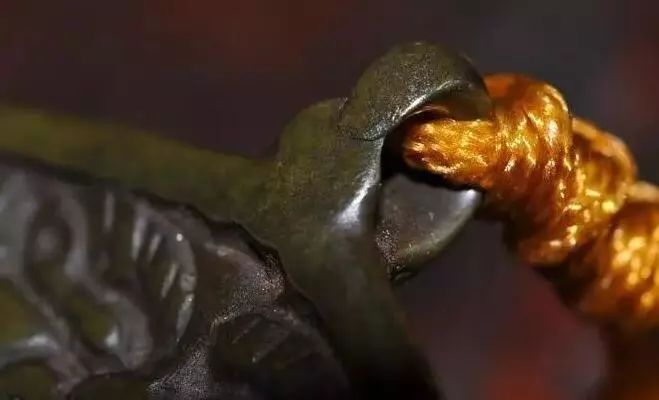
There is a unique tributary in the long river of Chinese civilization. It originates from the snow-covered plateau and nourishes a side of water and soil. It is magical, beautiful and heroic. It has continued for thousands of years until today. This is the Tibetan civilization .
There are many places in Tibetan culture that are worthy of our excavation and research, such as Tibetan paintings, sculptures, songs and dances, costumes, etc. Among these many fields worthy of research, there is a seemingly inconspicuous thing that deeply attracts me The eyeball is a small metal piece, which is called “Tuojia” in Tibet.
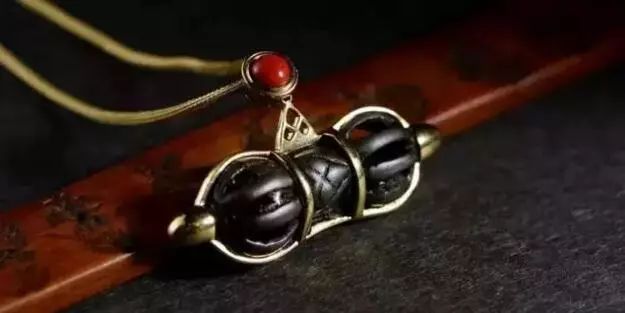
“Tuojia” in Tibetan refers to the metal that fell from the sky , commonly known as the lightning strike stone, which is often found by herdsmen after thunderstorms, and most of them are damaged, mostly from Nagqu and Ngari areas in Tibet. In Tibet, “Tuojia” contains unparalleled energy. In addition to preventing lightning strikes, it also has the function of protecting the body from evil spirits. It is as precious as the status of Tianzhu in the hearts of Tibetan people.
According to folk tradition, “Tuojia” should be a natural, non-artificial metal piece with a certain shape. This kind of metal piece is often simple and simple in shape with a sense of mystery.
However, according to the investigation and research, it is found that many small metal parts are actually small metal castings with obvious symbolic or religious meanings made by humans. These castings have heavy design elements.
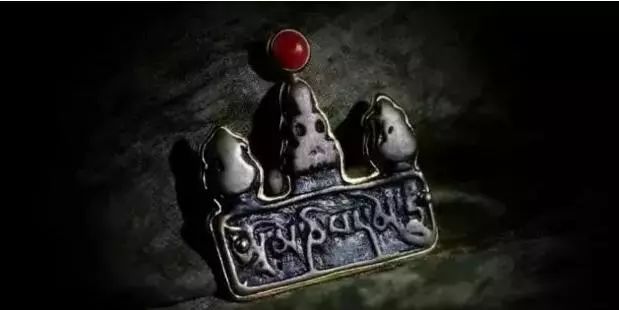
The earliest description of “Tuojia” should be the Italian archaeologist G. Duzzi mentioned in the book “Tibetan Archeology” that “farmers working in the fields can often find a kind of thing, which is called “Tuojia” in Tibet. ‘Thog-rdeu’ (Thog-rdeu) or ‘Thunderbolt’ (mTho-lding) .”
Du Qi said in the book: “During my travels in Tibet, I came across a few pieces of this kind of thing by chance, but it was rare to buy one, because Tibet regarded it as an effective amulet and was unwilling to sell it.”
Among the “Tuojia” he collected, there are geometric figures such as triangles, circles, and crosses, and animal figures, etc., and the shapes of “Tuojia” in different regions are different, but they have similar styles. These collections are mainly From Ngari and Nagqu areas .
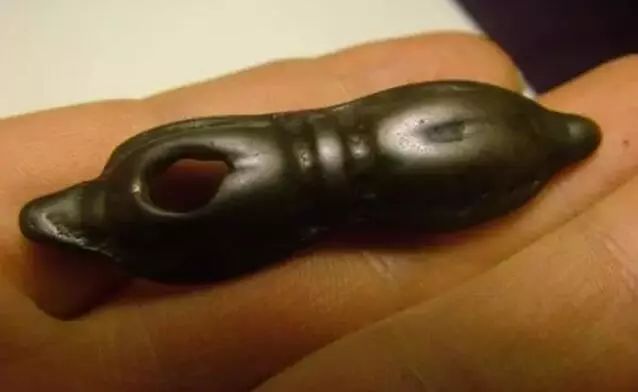
As early as the 1930s , “Tuojia” was discovered by Western scholars, and as a unique category, it was collected in major museums in the United States and Europe. After a scholar from the United States, John Vincent Belesa, published an article on Arts of Asia magazine in 1998, which specifically introduced the Tibetan “Tuojia”, more and more people gradually began to understand this mysterious and auspicious animal. amulet.
In China, “Tuojia” has only been gradually paid attention to and studied since the 1990s . Nowadays, there are still very few domestic researchers (and excellent collectors) on Tiantie. “Tian Tian Tie” book, this book has done a relatively systematic research on “Tuojia”, but there are still many shortcomings.
In recent years, with the continuous in-depth research on Tibetan culture and the increasing interest in public collections, the description of Tibetan “Tuojia” has become more and more magical. Some newly made “Tuojia” in Tibet are flooding the market. It is difficult for people to tell the truth from the fake.
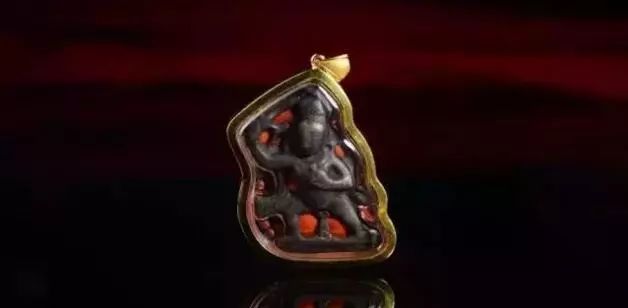
1. About the origin of “Tuojia”
“Tuojia” is generally regarded as amulets, religious tokens, totems, and clan emblems. It is generally believed by the people that it is a thing from heaven, a non-man-made natural form.
Through visits and practical investigations, it was found that most of the “Tuojia” have a certain shape, and are closely related to Bon religion and Buddhism . There are heavy human factors in it, and the appearance is basically some small metal castings or remnants.
There may indeed be some lightning strike stones or other metal objects that will be regarded as “support armor”, but the author thinks that they are more artificially processed.
Due to the limited data available for research before Tubo, it is difficult for us to determine the age of “Tuojia”, but some of them can indeed be traced back to before the introduction of Buddhism or even to the Bronze Age . Archeology found that the Qinghai-Tibet Plateau once had a brilliant civilization. There are many historical sites preserved in the remote Ngari area.

In terms of time range, “Tuojia” can be roughly divided into several development stages: before Tubo, from the 7th century to the 11th century, from the 11th century to the 16th century, and after the 16th century, which are basically divided according to the development of Buddhism in Tibet .
The “Tuojia” before Tubo is difficult to distinguish, and it should be roughly analogous to the early shapes of other grassland cultures . From the 7th century to the 11th century, Tibetan Buddhism was formed and developed. During this period, “Tuojia” was influenced by surrounding cultures such as India, Nepal, Kashmir, and Khotan .
From the 11th century to the 16th century, the development of Buddhism was basically stable , and the style of “Tuojia” was basically standardized. Of course, these time periods are related to inheritance and continuation. For example, the shape of the Garuda Dapeng, according to the study of Bon religion, the ancient Xiangxiong means the place where the Garuda lived, and the Garuda Red Roc is the Riba (Mingjue) is the manifestation of anger, and is the unique deity of Bon religion.
It has many similarities with Garuda in India, and is also related to the Taotie decoration in the Central Plains. We can boldly assume that the shape of the Dapeng Garuda is inevitably affected by these factors, and there is a problem of inheritance and transformation.
“Tuojia” is constantly changing with the development of the times. From the early primitive and irregular image to the later exquisite and specific standardized image, it has gone through a long process, reflecting the transformation of the Tibetan people’s aesthetic and religious beliefs .

2. Classification of “Tuo Jia”
The so-called “Tuojia” statues belong to a branch of the grassland culture and have many similarities with the Ordos bronze culture , especially the statues of various animals, but they are different from the Ordos culture, which is closely related to the original Bon religion belief in Tibet. .
It is difficult for us to classify some early “Tuojia” because we neither know the function of these “Tuojia” nor can we distinguish their image. class theme.
One is the magical implements , such as puba pestle, vajra pestle, machete, celestial stick, etc., which are generally used by practicing lamas. They should have appeared after the prevalence of Buddhism. There are also three-dimensional ones in monolithic shape, and the three-dimensional vajra even has iron middle strands.
The second is the geometric pattern , which has a variety of shapes and is mostly related to Tantric Buddhism such as Bon or Mandala. Its connotation is hidden and difficult to decipher.
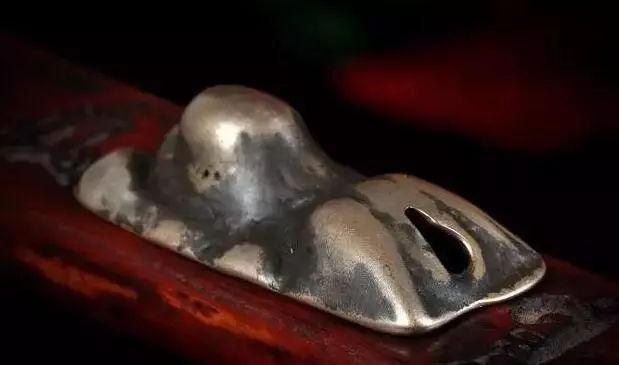
The third is Buddha statues , such as One Buddha and Two Disciples, Vajrapani, Fudo Mingwang, Four-armed Avalokitesvara, etc., are basically similar to the statues of gold and bronze Buddha statues and Thangkas in the same period. traces of style inheritance and evolution.
The fourth is mascots or shelters , such as Garuda, snow lion, dragon, eight auspicious signs, pagodas, vases, scorpions, etc. Such statues are rich in content and cover a wide range.
Among them, the shapes of Garuda and Snow Lion are the most common. Some are lifelike and delicate, and some are vivid and honest, reflecting the unique understanding of Tibetan craftsmen on all things in nature . A lot of original information is hidden, which is of great significance to the study of the origin of “Tuojia”. The statues of some of the small animals are particularly vivid, and their vivid appearance comes to life.
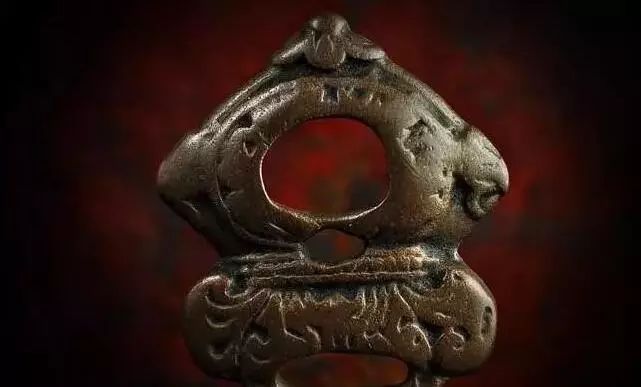
3. The production of “Tuojia”
The material of “Tuojia” is generally copper and iron, among which bronze is the best , followed by brass . There are three main methods of traditional production:
The first is natural formation . These are mainly natural meteorites and meteorites, which are not common. You can compare conch fossils in Tibetan areas with some natural objects that follow the shape. Although they are not in the category of “Tuojia”, they are also loved by people.
The second is made of raw iron or meteorite iron , which is directly ground or hammered. This category includes Buddha statues and ritual utensils, and the grinding and scoring can be seen intuitively. It can be compared with the common Mani stones in Tibetan areas. People grind and shape some stones that look slightly shaped according to their own wishes. After forming, they have a primitive and rough taste.
The third is casting , a few of them are cast by lost wax method, usually poured into molds. Most of the imitation old “Tuojia” circulating on the market are made in this way, and people like to take some old copper pieces and remelt them to make them the way they like.
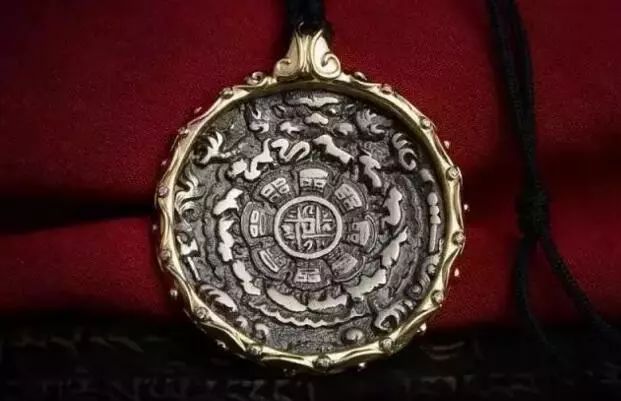
4. Discrimination of “Tuojia”
In recent years, with the public’s continuous attention to Tibetan culture , the prices of some statues in Tibet, including handicrafts, have continued to rise, which has led to confusion in the market. It’s hard to tell the truth from the fake. To sum up, we can make conclusions from the following points:
Material , “Tuojia” is generally made of meteorite iron or bronze, often with thick leather shell or green embroidery, if it is brass, the age is generally lighter.
The shape of “Tuojia” can be divided into early and later stages. The early stage is simple and atmospheric, mostly geometric abstract patterns, which are closely related to Bon religion, and the later stage is more stylized and closely related to Buddhism.
Patina , “Tuo Jia” is a leftover metal piece, whether it is handed down or unearthed, it has a sense of time that only existed in his era. Generally speaking, it is either beautifully worn, or the copper rust on the “Tuo Jia” will A black crust is formed. Of course, it is difficult to determine the authenticity of “Tuojia” based on one point alone. It needs to be combined and compared in several aspects to accurately determine the authenticity.
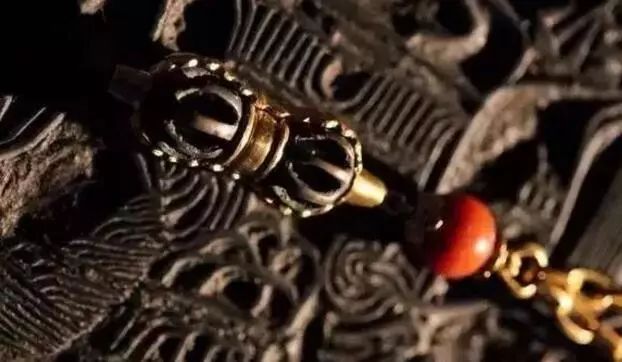
This article mainly analyzes and introduces “Tuojia” from several aspects such as definition, origin, classification, identification , etc. In view of the fact that there are very few studies on “Tuojia” at home and abroad, and the reference materials are also very limited, there are many The problem requires us to do further investigation and research.
For example , the relationship between “Tuojia” and Bon religion and the origin of “Tuojia” require a lot of textual research and field visits to make further judgments. It is a reliable and feasible method to study “Tuojia” from the perspective of iconology. “Tuojia” is subordinate to the study of Tibetan statues and can also be used as an independent special research , because “Tuojia” is both a statue and an ornament. She must have played some kind of important role in the ancient Shang Zhung civilization.
At present, Tibetan culture is constantly affecting people’s aesthetics and life . “Tuojia” has various shapes, rich connotations, small and exquisite, and is sought after by more and more people.
· END ·




